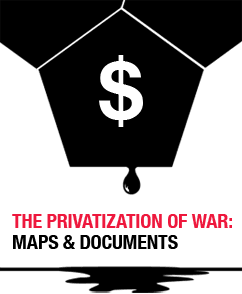Art Museum's video installation puts politics front-and-center by giving Venezuelan factory workers a bully pulpit
Who said the revolution won't be televised?
The Berkeley Art Museum's history of exhibiting challenging, politically focused work dates back to 1970, when conceptual artist Terry Fox used a flamethrower in his performance piece "Defoliation" to protest U.S. tactics in the Vietnam war. That commitment is being pushed further along the continuum by "Now-Time Venezuela, Part 1: Media Along the Path of the Bolivarian Process," a video installation currently on view in the Phyllis Wattis MATRIX gallery. By giving voice to factory workers who are protagonists in President Hugo Chávez's revolution, the museum — via the efforts of new MATRIX curator Chris Gilbert — is consciously advancing a political agenda.
Gilbert commissioned "Now-Time Venezuela, Part 1" from the Italian writer and political analyst Dario Azzellini and Austrian artist Oliver Ressler, who had collaborated on an earlier piece, "Venezuela From Below," in 2004. This first part of a year-long installation depicts one element of Chávez's sweeping reforms, which began in 1998 and include participatory democracy, universal rights to education and health, and land and education reforms. The project presents Venezuelan workers, sans "framing" or authoritative narration, speaking about taking over and running the factories that once employed them.
"We hate the idea of creating a documentary that functions as a pro and con," says Ressler. Instead, explains Azzellini, the filmmakers felt it their "social responsibility to give [filmmaking] instruments to people who don't have them, but have an interesting experience to tell."
Shown on six screens with subtitles (the workers' original narrative in Spanish is played through headphones at each viewing station), "Now-Time Venezuela" clearly indicates where Gilbert's programming interests lie. He eschews the term "curator," with its historic roots of looking after a collection of art, preferring to be labeled an "organizer," with its association of organizing a political party or labor union.
Gilbert, who says he finds mainstream art "stagnant, representing the values of a single, privileged, class," resists the idea "of a certain ideology of neutrality that has a particular virulent form in university settings." He makes no apologies for having an overtly political agenda, saying: "I'm trying to raise the question of how art fits into larger macro-political issues, especially those of class struggle and the way class has been conceived to function in history." Gilbert, who has written a manifesto in booklet form that spells out the installation's socialist underpinnings, continues: "Only by creating this strong ideological context can you separate or wrest it away from the normative set of political ideas and create something that's oppositional or resistant."
Lucinda Barnes, associate director for art, film, and programs at BAM/PFA, says both the museum and the Pacific Film Archive have long been willing to tackle ideas outside of a traditional framework. "We've shown tough material that takes very strident positions about social, economic, and political occurrences around the world," she says. While BAM/PFA has rarely shied away from controversy and is committed to experimentation, Barnes acknowledges that "Now-Time Venezuela" is "distinctive in that the curator is very focused on an alignment with a political process. It challenges all of us."
Barnes finds the installation itself "very provocative — it works spectacularly." The lessons that "Now-Time Venezuela" offers are in accord, she says, with BAM/PFA's mission: "While art functions differently than the activism in the street, it can help us learn about, understand, appreciate, and empathize with the human condition around the world. That's quite extraordinary, and I think this exhibition does that."
"Now-Time Venezuela, Part 1" is on view in the BAM/PFA Phyllis Wattis MATRIX Gallery through Sunday, May 28. The next installation in the yearlong series will focus on the work of community television station Catia TVe in western Caracas.























